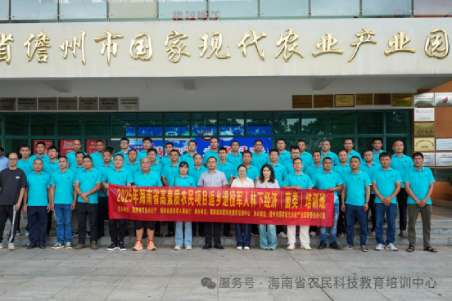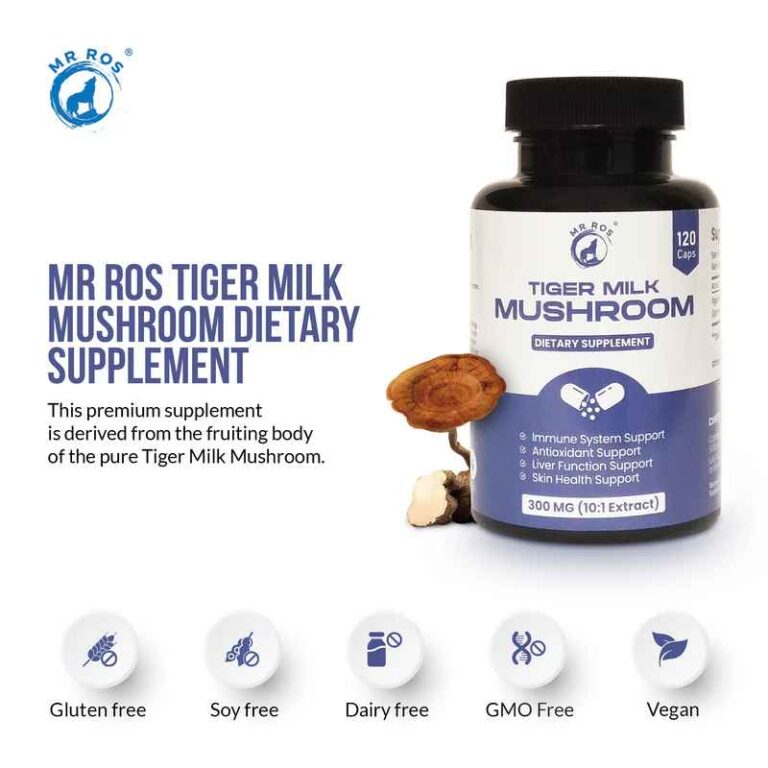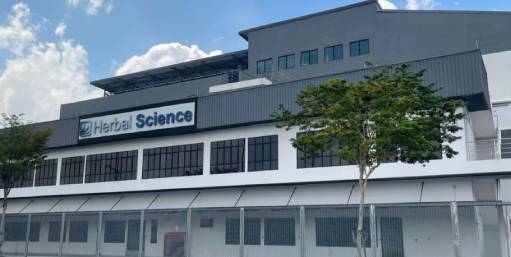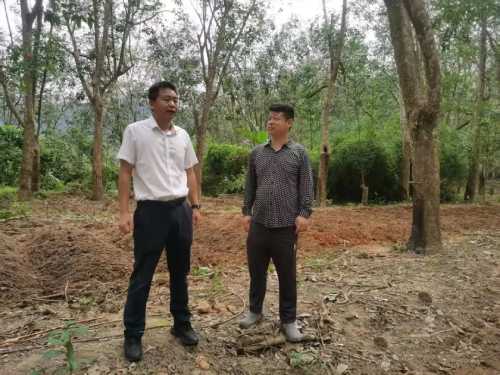Hainan Tiger Milk Mushroom in secondary school Education & Industry
Hainan Tiger milk mushroom (Lignosus rhinocerus) has recently emerged as a key focus in Hainan’s biology curriculum and biotech sector, reflecting its scientific and cultural significance.
Hainan Tiger Milk Mushroom: When Local Specialties Enter Biology Exams, a Synergy Between Knowledge and Industry

Hainan Tiger Milk Mushroom
In the field of education, every change in exam content can have far-reaching implications. Recently, a question about the “Tiger Milk Mushroom” on the 2025 spring semester “Hainan Province Eighth Grade Second Biology Mock Exam” paper attracted the attention of teachers and students.
This multiple-choice question, numbered 21, was based on the statement, “The Tiger Milk Mushroom is a traditional Chinese medicine. Over 400 years ago, people discovered the medicinal value of its wild form.” It tested the basic characteristics of fungi—the description in the options, “hyphae can absorb nutrients,” precisely corresponds to the biological attributes of this Hainan-native medicinal herb.
This seemingly ordinary exam question may come as a surprise to high school students in Hainan: compared to the fungi commonly found in textbooks, such as mushrooms and penicillium, the name “Tiger Milk Mushroom” carries a stronger regional flavor. More importantly, it marks the first time a “local biological resource” has made its way from traditional folk remedies into standardized exam questions, serving as a bridge between textbook knowledge and local practices. This not only signifies an expansion of knowledge points but may also foreshadow the potential for the Tiger Milk Mushroom to undergo a value upgrade across education, culture, and industry sectors in Hainan.

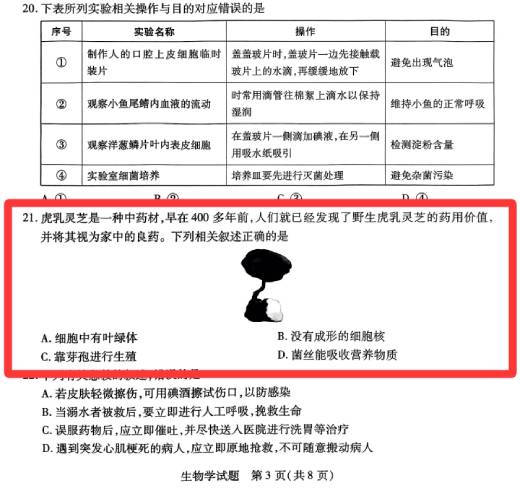
The Tiger Milk Mushroom Enters Hainan’s Exam Question Landscape
1. The “Debut” on the Exam Paper: Hainan Tiger Milk Mushroom Opens a New Chapter in Education
The exam points in junior high school biology exams typically possess three characteristics: scientific rigor, regional relevance, and educational value. The inclusion of the Tiger Milk Mushroom embodies all three of these characteristics.
Scientific Value: The “Powerhouse” of the Fungal Kingdom. From a biological perspective, the Tiger Milk Mushroom belongs to the Polyporaceae family. Its underground mycelium forms sclerotia, which resemble tiger’s milk, hence the name. The exam question on “mycelium absorbing nutrients” is a typical characteristic of saprophytic fungi—the process of secreting enzymes to decompose humus and obtain nutrients. This not only reflects the principle of material cycling in ecosystems but also lays the foundation for the accumulation of medicinal components. Additionally, the fungal cell structure—distinct from plants (which lack chloroplasts) and bacteria (which have a well-defined nucleus)—and its spore reproduction characteristics are core concepts in middle school biology, and the Tiger Milk Mushroom serves as an excellent example for these concepts.
Regional Imprint: A “Living Sample” of Hainan’s Ecology. Hainan’s unique tropical climate fosters rich biodiversity, and the Tiger Milk Mushroom is a representative species. It primarily grows on decaying wood or in soil within tropical rainforests, with stringent requirements for humidity and temperature. Its scarcity in the wild naturally aligns with educational themes such as “biodiversity conservation” and “utilization of native species.” Including it in the exam questions reflects the education system’s focus on “local knowledge”—just as the exam assesses the producers in the Parrot Peak Nature Reserve and the chromosomal composition of the Hainan rabbit, the inclusion of the Tiger Milk Mushroom signifies that local biological resources are shifting from being “supplementary material” to becoming “core exam topics.”
Educational Significance: Upgrading Knowledge from Herbal Medicine to Science. In traditional beliefs, the Tiger Milk Mushroom is regarded as a folk herbal remedy for “cough suppression, asthma relief, spleen tonification, and stomach nourishment.” However, the exam paper transforms it into a biological question, guiding students to examine local resources through scientific thinking: the relationship between its medicinal components (such as polysaccharides and amino acids) and cellular structure, and research directions such as achieving sustainable utilization through artificial cultivation, all of which embody the core competencies cultivated by biological education. and the Tiger Milk Mushroom has become a key catalyst for this cognitive transformation.
When a species becomes an exam question, it transcends its role as mere wild grass or a single ingredient in a herbal formula, instead being endowed with the dual identities of “scientific research subject” and “regional cultural symbol.” This is not only an official recognition of its value but also signifies that it will sow the seeds of understanding and conservation in the hearts of the younger generation through the education system—future biologists and traditional Chinese medicine researchers may form a connection with the Tiger Milk Mushroom through this question.
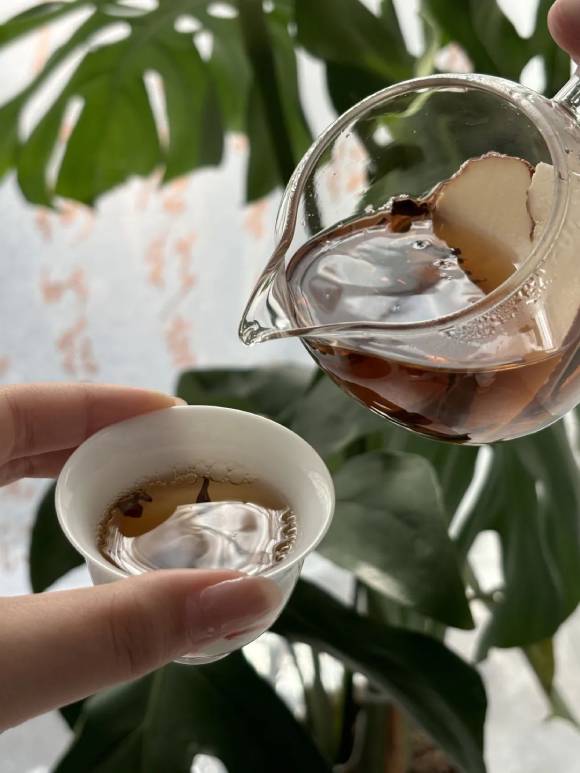
Tiger Milk Mushroom Health Tea
2. From “Deep in the Rainforest” to “Hainan’s Calling Card”: The Value Ascension of the Tiger Milk Mushroom
When the Tiger Milk Mushroom appeared on the provincial exam paper, it demonstrated its potential as a “Hainan cultural IP.” Hainan’s unique geographical location has nurtured numerous precious biological resources, and the Tiger Milk Mushroom is one of them. Just as coconuts and rubber trees symbolize Hainan’s agriculture, the Tiger Milk Mushroom is becoming a symbol of Hainan’s traditional Chinese medicine culture.
At the 2025 Hainan Agricultural Products Expo, the exquisitely packaged Tiger Milk Mushroom sclerotia was often displayed alongside partridge tea. Its unique appearance and “wild and rare” label attracted the attention of tourists and herbal medicine dealers. It is not only a native species of Hainan but also a symbol of Hainan’s natural environment. With increased exposure in the education sector, its image as a Hainan “local specialty” will become even more prominent.
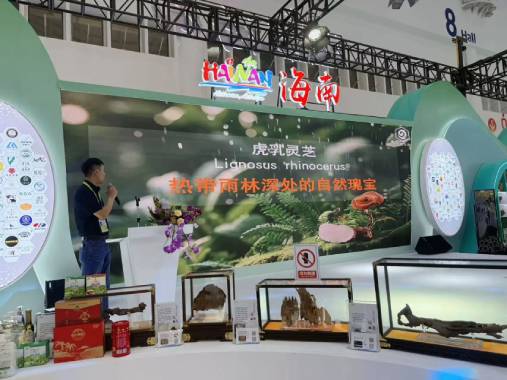
Hainan Tiger Milk Mushroom Makes Its Debut at the Hainan Consumer Goods Expo
The Tiger Milk Mushroom’s debut coincides with a critical period of industry status upgrading. In recent years, Hainan has designated it as a key priority for cultivating industries, driving a transition from “wild conservation” to “artificial cultivation” and “deep processing.”
On one hand, research institutions have overcome artificial cultivation techniques to increase production; on the other hand, local governments are promoting brand development, incorporating it into the “Hainan Good Products” directory, and expanding markets through cultural tourism promotion and e-commerce platforms.
Behind the upgrade of Hainan’s Tiger Milk Mushroom industry lies Hainan’s new positioning of “local specialty products”—transforming from low-end resources to high-value-added products, and transitioning from a local niche market to the global stage. Traditionally circulated as a folk herbal medicine, the Tiger Milk Mushroom now has its active components analyzed by modern pharmacology, with derivative products such as health supplements and cosmetics continuously emerging.
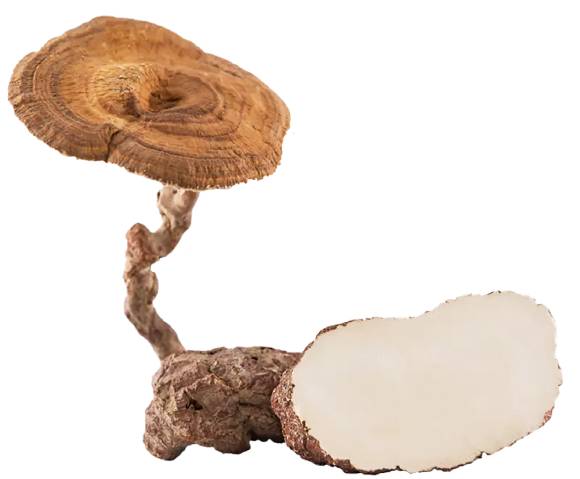
Tiger Milk Mushroom Sliced Products
Wild Tiger Milk Mushrooms are becoming increasingly scarce due to their long growth cycle and stringent environmental requirements, while market demand has driven breakthroughs in artificial cultivation techniques. Currently, some research institutions in Hainan and the Baisha Lishu Company have mastered artificial cultivation techniques, achieving large-scale production of sclerotia by simulating tropical humus environments.
This not only alleviates pressure on wild resources but also lays the foundation for industrialization—from being a “medicinal fungus” on exam papers to a “specialty industry” in reality, the transformation of the Tiger Milk Mushroom exemplifies the transition of Hainan’s native species from “natural existence” to “economic resource.”
3. When Exam Questions Meet Reality: Tiger Milk Mushroom Becomes “Hainan’s Treasure”
As education and public awareness increase, the market demand for Tiger Milk Mushroom will continue to grow, providing vast opportunities for Hainan’s industrial development.
Since 2022, the planting and breeding industry has seen significant development. To meet market demand, Hainan has increased its investment in technological research and development to improve production volume and quality. At the same time, scientific management has been implemented to ensure sustainable development and protect the ecological environment.
The increase in production volume has created opportunities for the deep processing industry. Currently, the product is primarily circulated in the form of traditional Chinese medicine, with limited deep-processed products available. In the future, efforts will be made to strengthen technological research and development, create more high-value-added products, enhance economic benefits, and promote the development of characteristic industries.
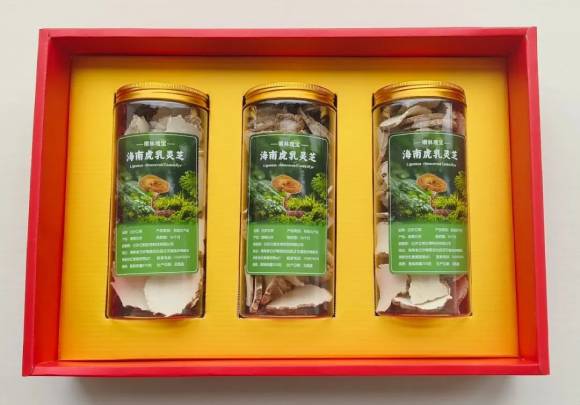
Hainan Baisha Tiger Milk Mushroom
From exam multiple-choice questions to real-world development challenges, Hainan’s Tiger Milk Mushroom is writing a new chapter. From wild fungi in remote mountains to scientific research in classrooms, and now as a symbol of industrial development, each “transformation” reflects Hainan’s evolving understanding of its local resources.
It is not only a footnote to educational reform, but also a practical application of Hainan’s convergence of ecological economy, cultural heritage, and technological innovation. When young students mark their answers on exam papers, they may not realize that they are participating in a “preview” of their hometown’s future. In the future, more “Hainan treasures” may find their way into textbooks, exam questions, and industrial planning, connecting education to the land and resonating knowledge with development—this is the true value behind the biology question.
As research and sustainable cultivation expand, Tiger Milk Mushroom exemplifies Hainan’s integration of indigenous resources with modern innovation, backed by educational and industrial validation.
